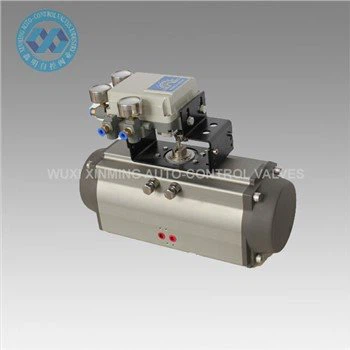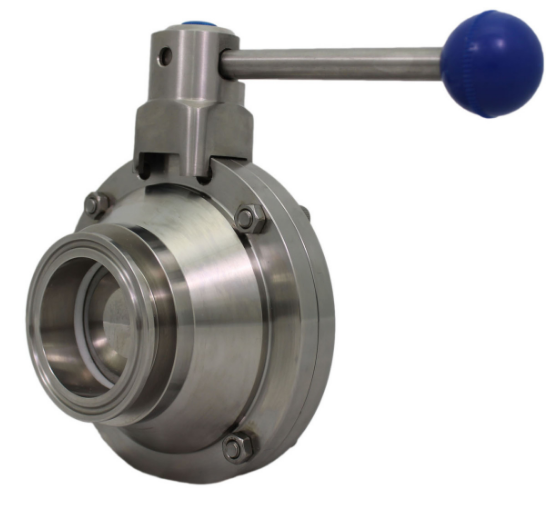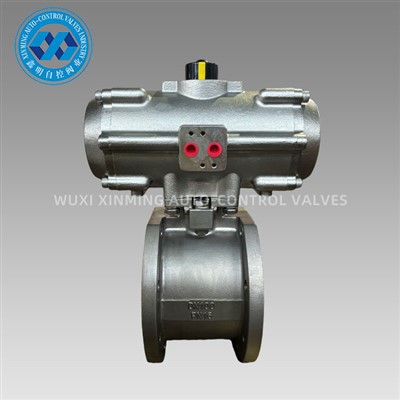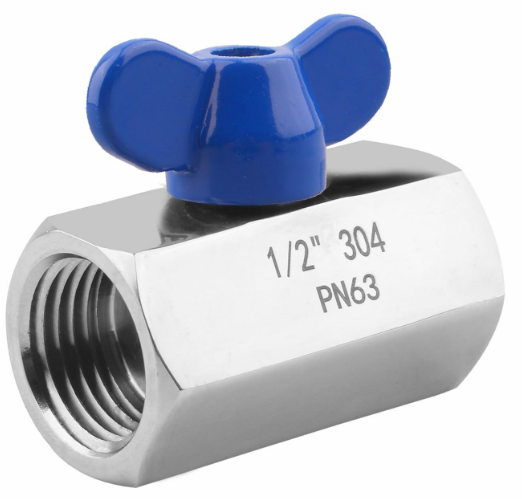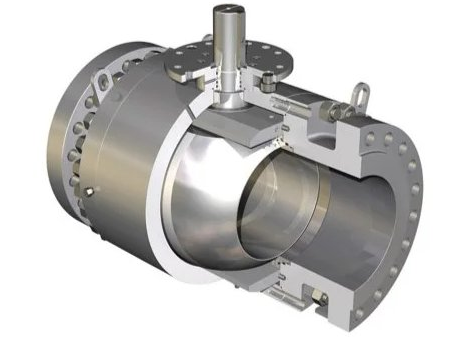Introduction
A high speed pneumatic actuator is a specialized type of actuator designed to deliver rapid motion using compressed air as the driving force.
Unlike standard actuators, which prioritize torque or load capacity, high-speed versions focus on minimizing cycle times, improving production efficiency, and optimizing automation processes.
These actuators are widely used in industries where quick valve actuation or fast linear motion is critical.
1. What Is a High Speed Pneumatic Actuator?
A high speed pneumatic actuator converts compressed air into mechanical movement at accelerated speeds compared to conventional models.
The increased speed is achieved through:
-
Optimized air flow design
-
Lightweight moving parts
-
Reduced friction components
-
Special seals and bearings for minimal resistance
They are available in both rotary and linear configurations, with the most common being:
-
Rack-and-Pinion Rotary Actuators for fast valve operation
-
Rodless or Rod-Style Cylinders for high-speed linear movement
2. Key Features of High Speed Pneumatic Actuators
-
Fast Response Time – Ideal for operations requiring actuation in milliseconds to seconds.
-
High Cycling Capability – Can perform hundreds of thousands of cycles with minimal wear.
-
Compact Design – Lightweight and easy to integrate into automation systems.
-
Energy Efficiency – Designed to minimize air consumption at high speeds.
-
Precise Positioning – Often compatible with position sensors for accurate control.
3. Advantages of High Speed Pneumatic Actuators
-
Increased Productivity – Shorter cycle times speed up manufacturing processes.
-
Reduced Downtime – Reliable performance with minimal maintenance requirements.
-
Cost Efficiency – Lower operating costs compared to high-speed electric actuators.
-
Durability in Harsh Environments – Resistant to dust, moisture, and temperature extremes.
4. Typical Applications
High speed pneumatic actuators are used in:
-
Automated Packaging Lines – Quick carton folding, sealing, and sorting.
-
Material Handling – Fast positioning of conveyors and robotic arms.
-
Process Valves – Rapid open/close operations for safety or flow control.
-
Printing Machinery – High-speed ink roller engagement and paper feed.
-
Pick-and-Place Systems – Precise yet rapid component transfer.
5. How to Select a High Speed Pneumatic Actuator
When choosing the right actuator, consider:
-
Speed Requirement – Match actuator speed with your process cycle time.
-
Load Capacity – Ensure torque or force output meets operational demands.
-
Stroke Length or Rotation Angle – Defined by application requirements.
-
Air Pressure Supply – High speed actuators perform best within optimal pressure ranges.
-
Mounting and Space Limitations – Choose a compact design for tight installations.
-
Control System Compatibility – Some applications require proportional control or integration with a PLC.
6. Maintenance Tips
-
Keep the air supply clean, dry, and filtered.
-
Regularly inspect seals and bearings for wear.
-
Lubricate moving parts according to the manufacturer’s recommendations.
-
Monitor response time to detect early signs of performance degradation.
Conclusion
The high speed pneumatic actuator is an essential component for applications requiring fast, precise, and reliable motion.
By choosing the right model and maintaining it properly, industries can increase throughput, improve efficiency, and reduce operating costs.
Whether for packaging, valve automation, or material handling, high-speed pneumatic actuators offer a powerful and cost-effective automation solution.
If you want to learn more about low-priced products, please visit the following website: www.xm-valveactuator.com







